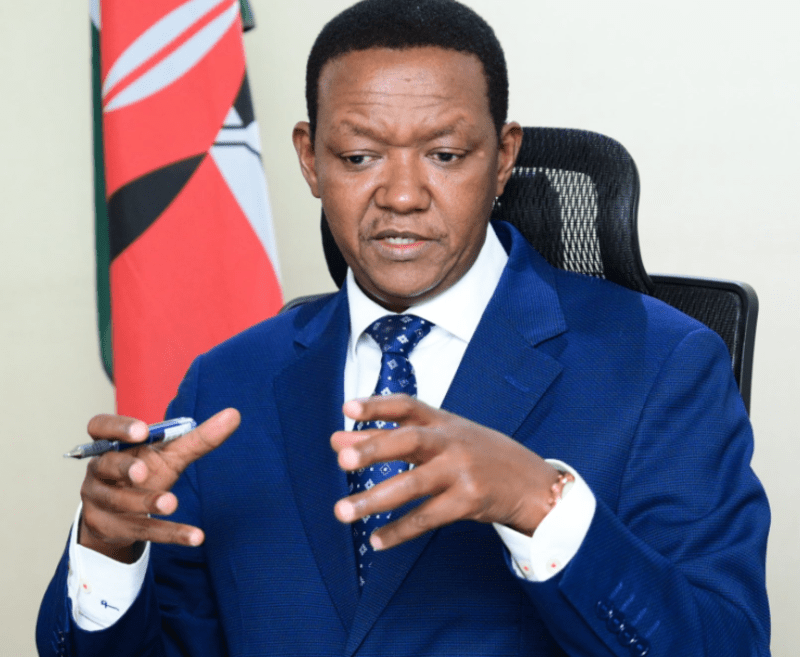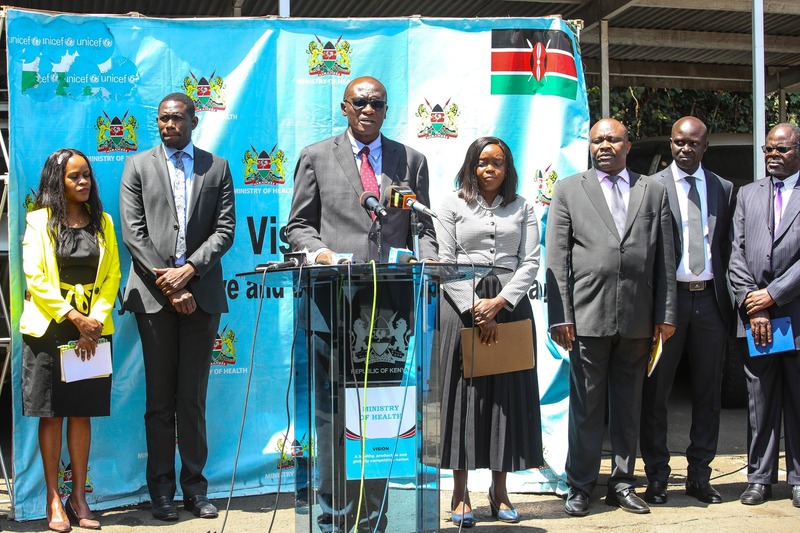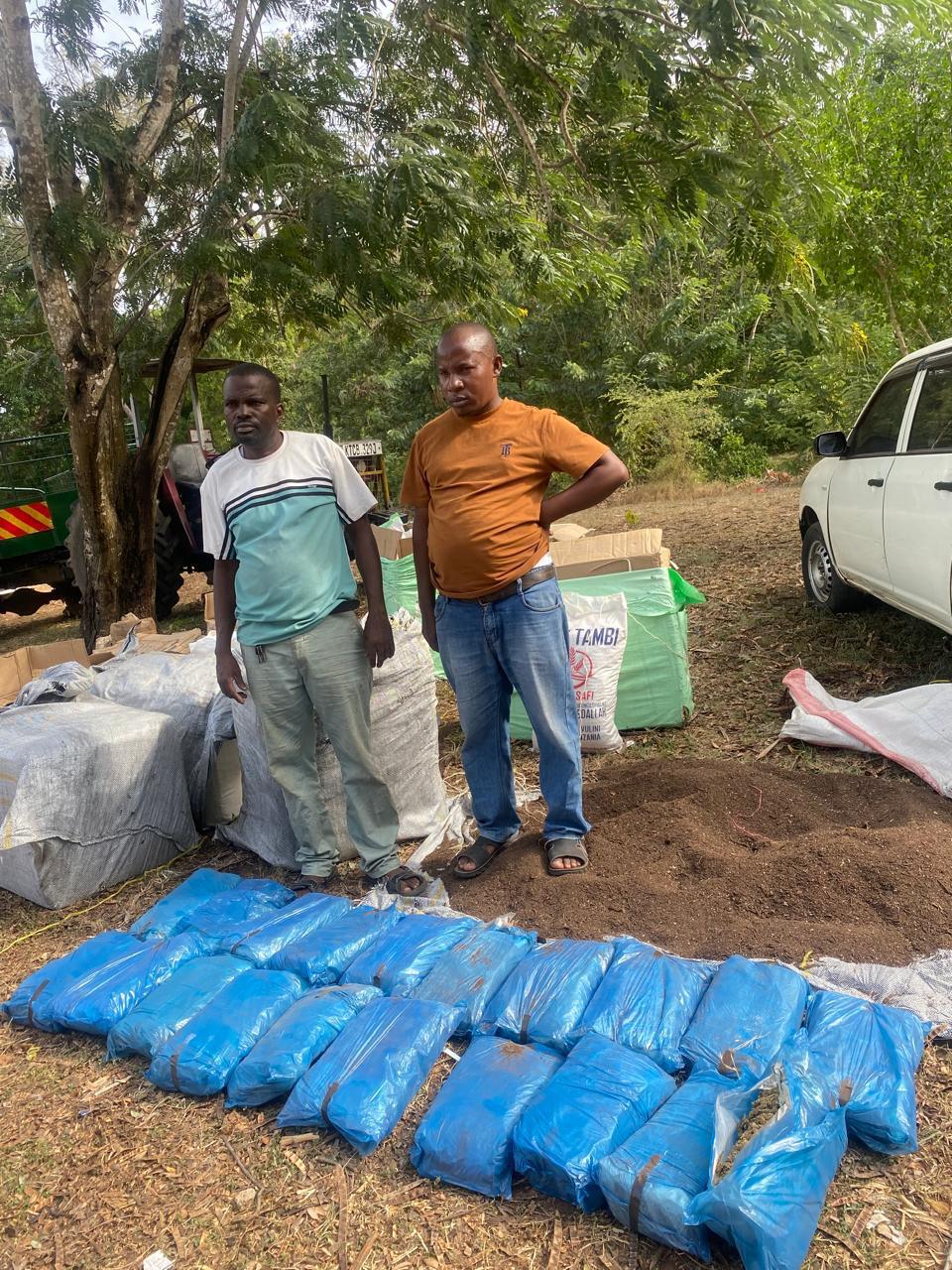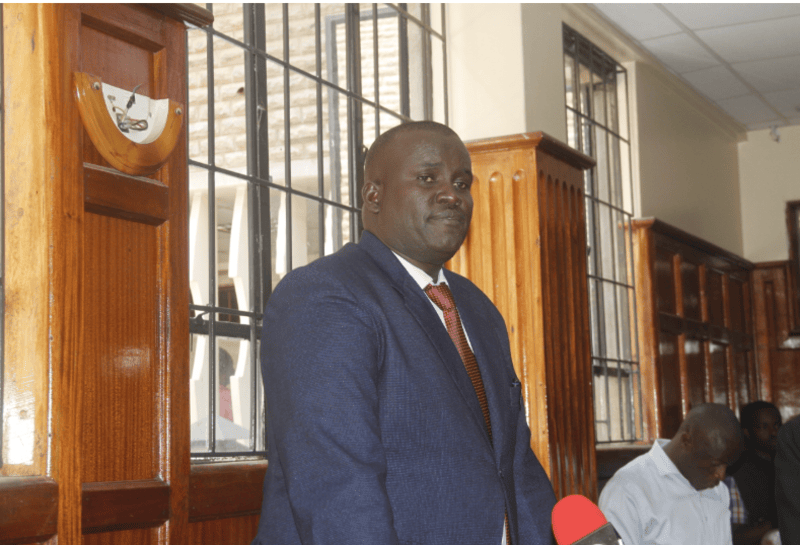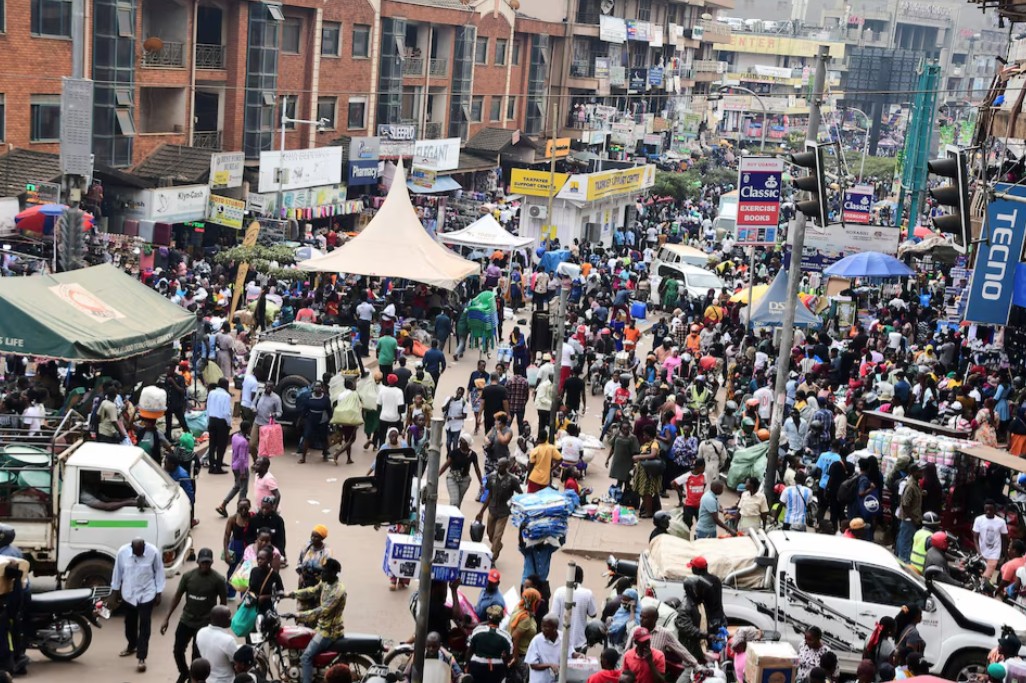CBK cuts interest rate and cash reserve ratio to stimulate lending
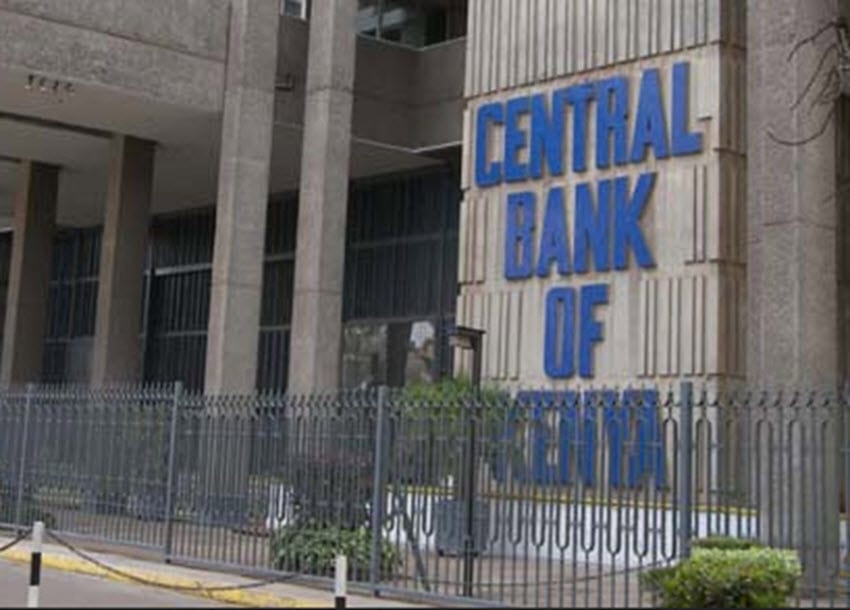
The bank has pledged to monitor the impact of these policy changes closely and take further action if necessary.
The Central Bank of Kenya (CBK) has reduced the base lending rate and the cash reserve ratio (CRR) to stimulate private-sector lending and support economic growth.
The base lending rate has been lowered by 0.50 percentage points to 10.75 per cent, while the CRR has been cut from 4.25 per cent to 3.25 per cent, a move expected to release up to Sh57 billion in additional liquidity for banks to lend.
More To Read
The reduction in the CRR, the portion of deposits that banks must hold as reserves with the CBK, is designed to lower borrowing costs and boost credit to the private sector.
The ratio was last adjusted in March 2020 at the onset of the COVID-19 pandemic, when it was decreased to 4.25 per cent from 5.25 per cent to give banks extra liquidity to support borrowers facing financial distress.
Despite three previous reductions to the base rate between August and December 2024, the CBK noted that lending rates had only dropped marginally, with private sector credit contracting by 1.4 per cent in the 12 months to December 2024. The situation highlighted the need for stronger interventions to make borrowing more affordable.
“The committee noted that economic growth decelerated in 2024, and therefore there was scope for a further easing of the monetary policy stance to support economic activity while ensuring exchange rate stability,” CBK CEO Kamau Thugge said on Wednesday after meeting with Monetary Policy Committee (MPC).
“The reduction in the CRR will release additional liquidity to banks. This is expected to lower the cost of funds and lending rates, and support the growth of credit to the private sector.”
The CBK also revealed that it has started inspecting banks to ensure they are adopting the Risk-Based Credit Pricing Model (RBCPM), which aims to link lending rates to the risk profile of borrowers.
This follows the enactment of amendments to the Banking Act, which mandates banks to pass on the benefits of reduced funding costs to borrowers. Banks that fail to comply with this requirement could face penalties.
The current economic climate, characterised by high interest rates and an increase in non-performing loans, has contributed to a cautious lending environment.
CBK noted that the ratio of non-performing loans in the banking sector remained high at 16.4 per cent in December 2024, reflecting the difficulties faced by borrowers.
While commercial bank lending to the private sector contracted by 1.4 per cent in December, lending in local currency grew by 2.1 per cent, although foreign currency loans saw a significant contraction.
The Monetary Policy Committee also reviewed the global economic outlook, which is expected to improve in 2025, with global growth forecast to rise to 3.3 per cent.
The MPC noted that inflationary pressures had eased globally, but risks remained due to rising tariffs and geopolitical tensions. In Kenya, inflation stood at 3.3 per cent in January 2025, with core inflation declining to 2.0 per cent, thanks to lower prices of processed food items. However, non-core inflation rose due to seasonal increases in food prices, especially vegetables.
Despite the inflationary pressures, the CBK said it is optimistic that inflation will remain within target in the near term, supported by stable core inflation and expected declines in energy prices.
The MPC also highlighted a projected slowdown in the Kenyan economy in 2024, with growth expected to reach 4.6 per cent compared to 5.6 per cent in 2023.
However, growth is projected to pick up in 2025 to 5.4 per cent, supported by the recovery in the private sector and improved agricultural output. Despite this, the Committee noted that the economy faces risks from both domestic and external factors, including high business costs and subdued consumer demand.
The Committee also addressed the country’s current account deficit, which was estimated at 3.7 per cent of GDP in 2024, and improved from 4.0 per cent in 2023. The reduction in the deficit was attributed to higher exports, particularly agricultural products, and strong remittance inflows.
The MPC noted that CBK’s foreign exchange reserves, which currently stand at USD 9,066 million (enough to cover 4.63 months of imports), continue to provide a buffer against short-term shocks in the foreign exchange market.
The banking sector in Kenya also remains stable and resilient, with adequate liquidity and capital adequacy ratios.
The CBK’s decision to lower the base lending rate and CRR is aimed at making borrowing cheaper and more accessible for businesses, which is crucial for driving economic growth.
The bank has pledged to monitor the impact of these policy changes closely and take further action if necessary.
It noted that the next MPC meeting will take place in April 2025, at which point the bank will reassess its policy stance based on new economic data.
Top Stories Today






